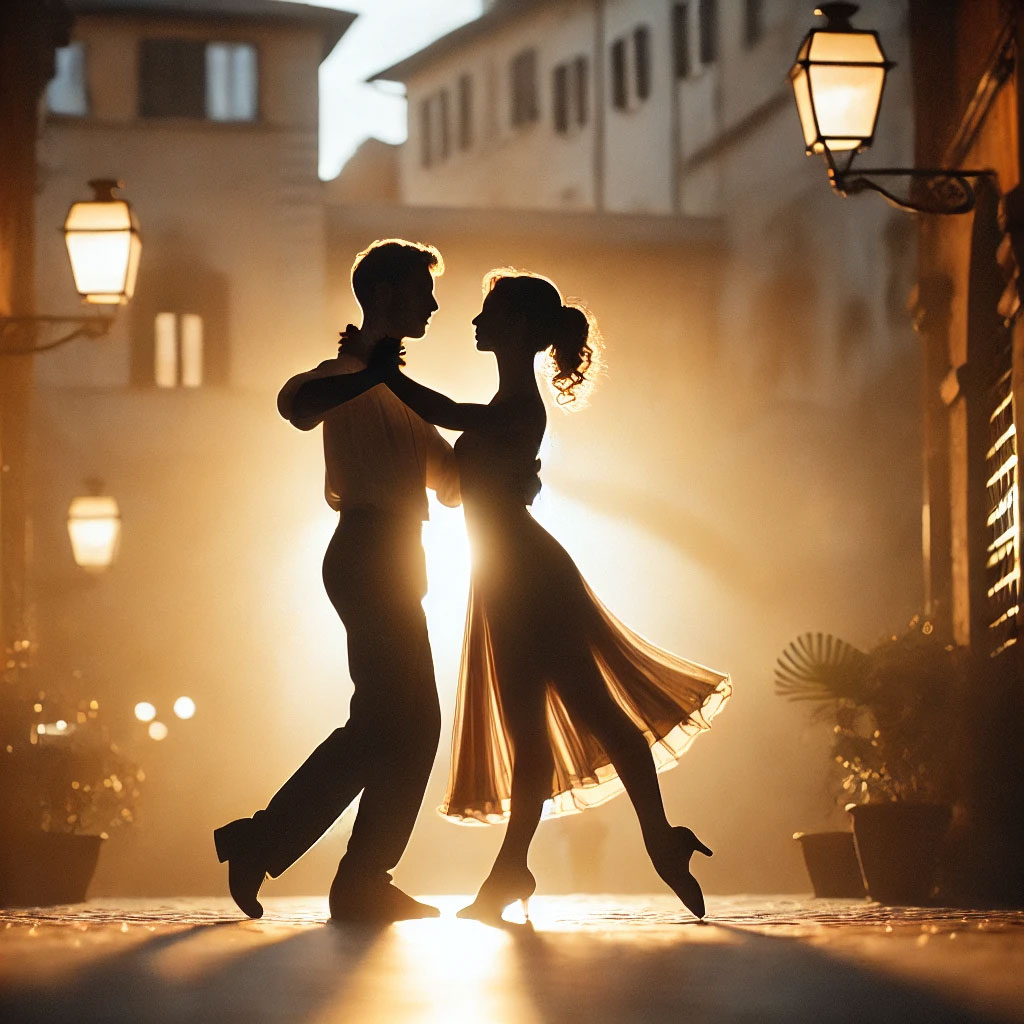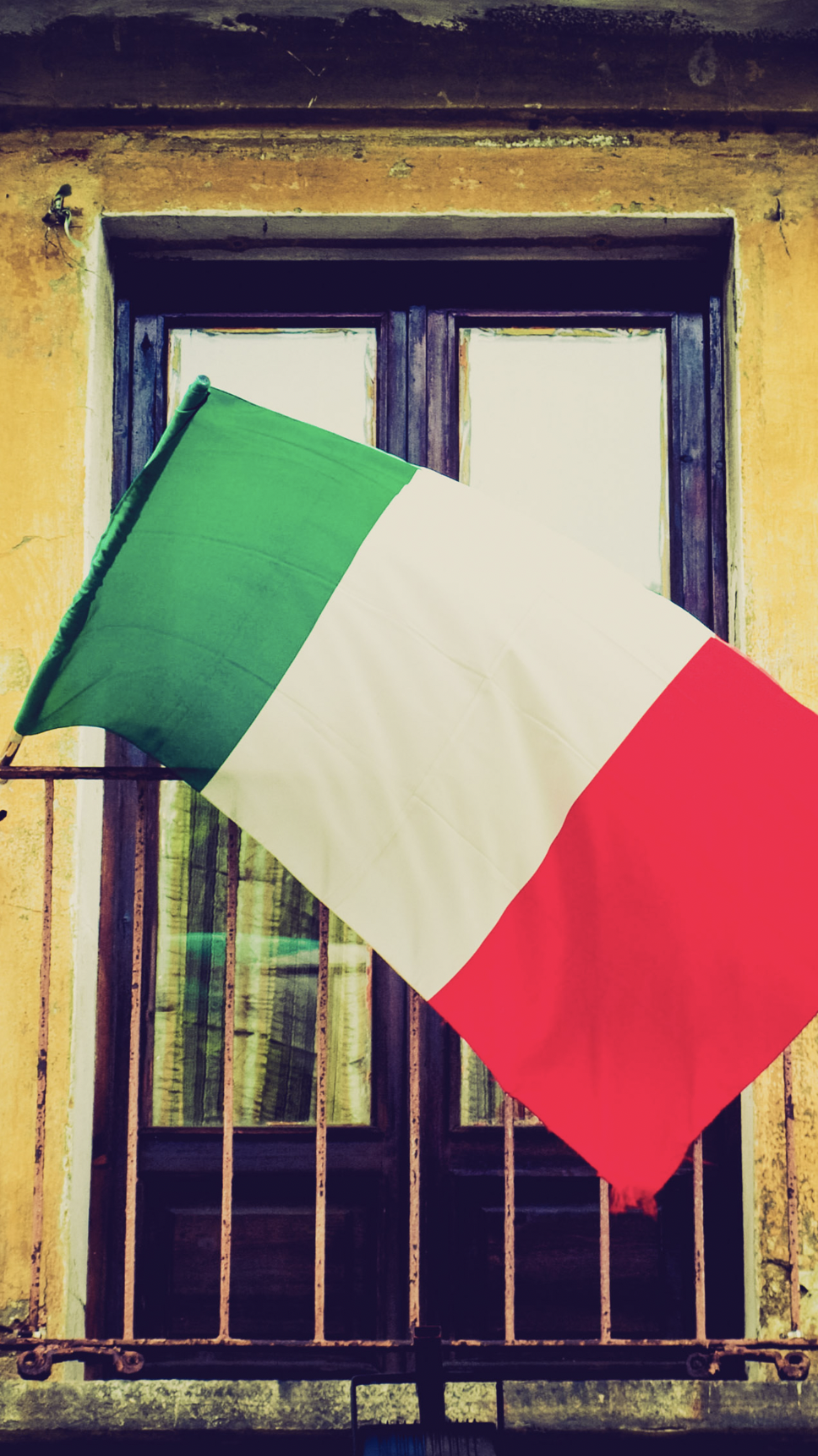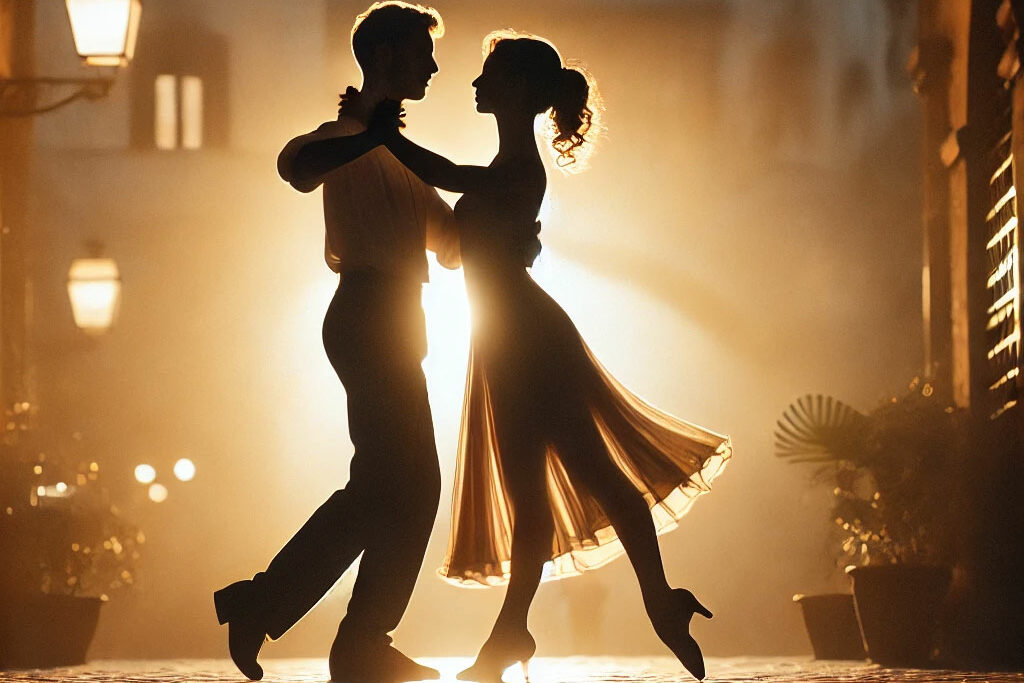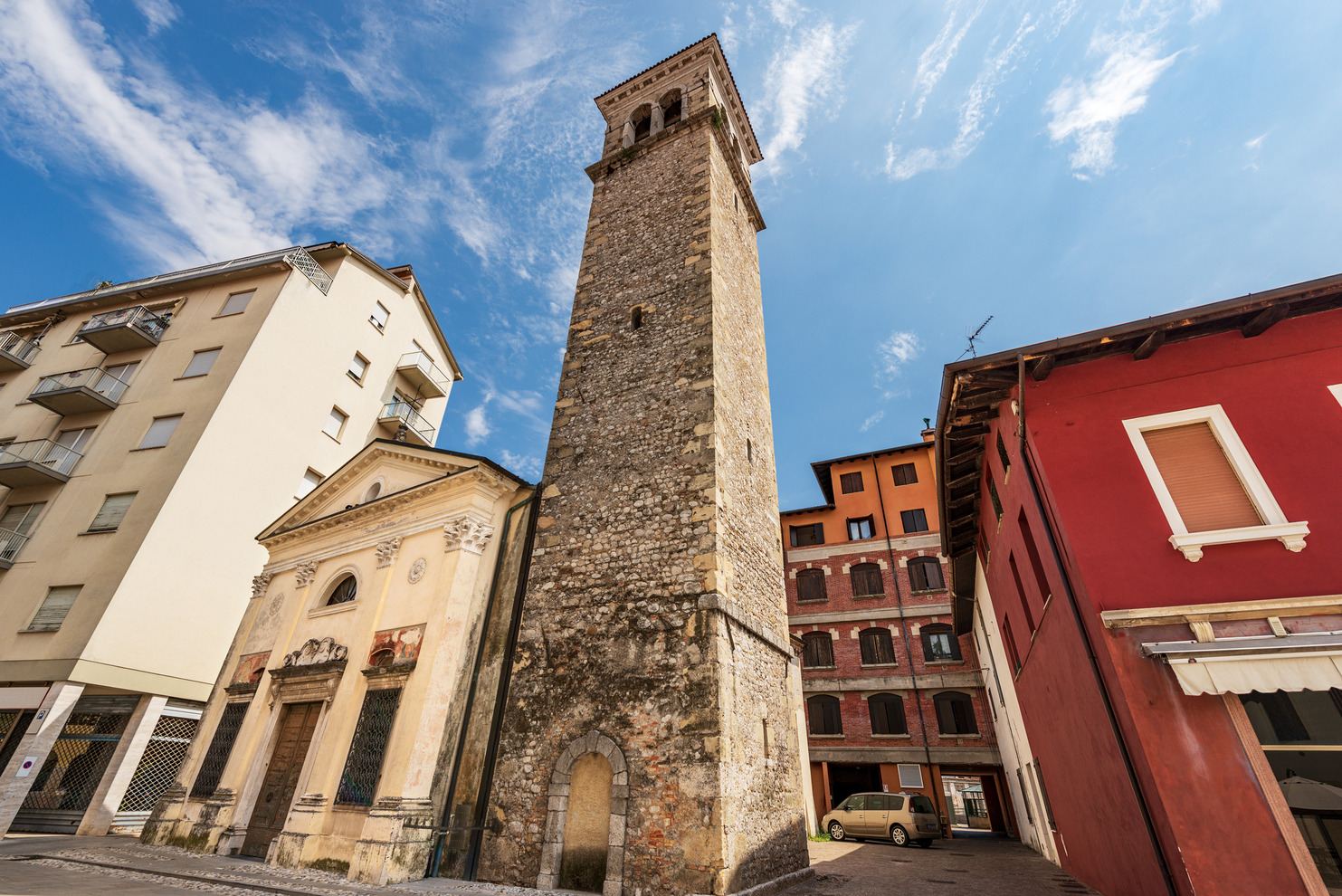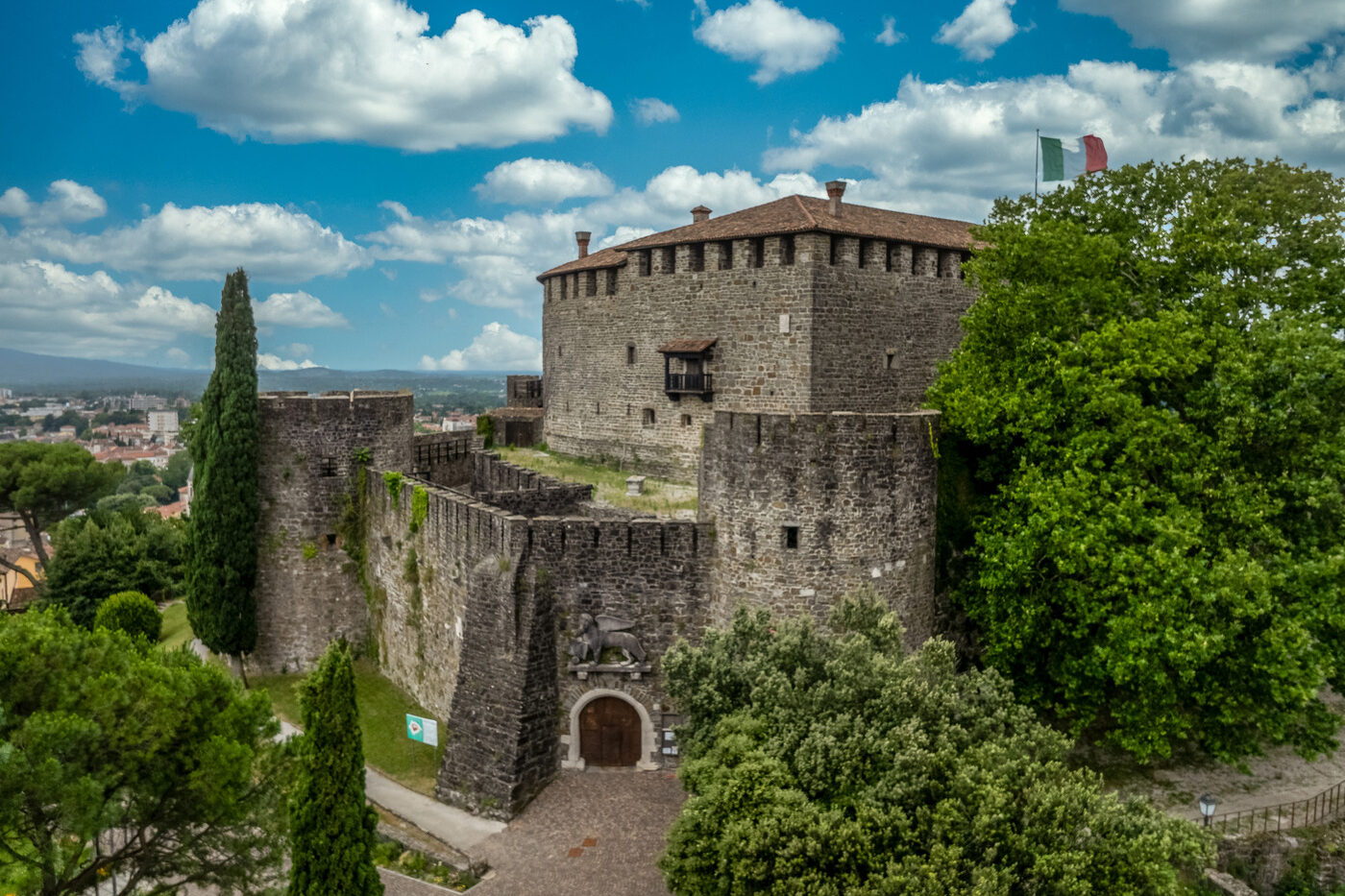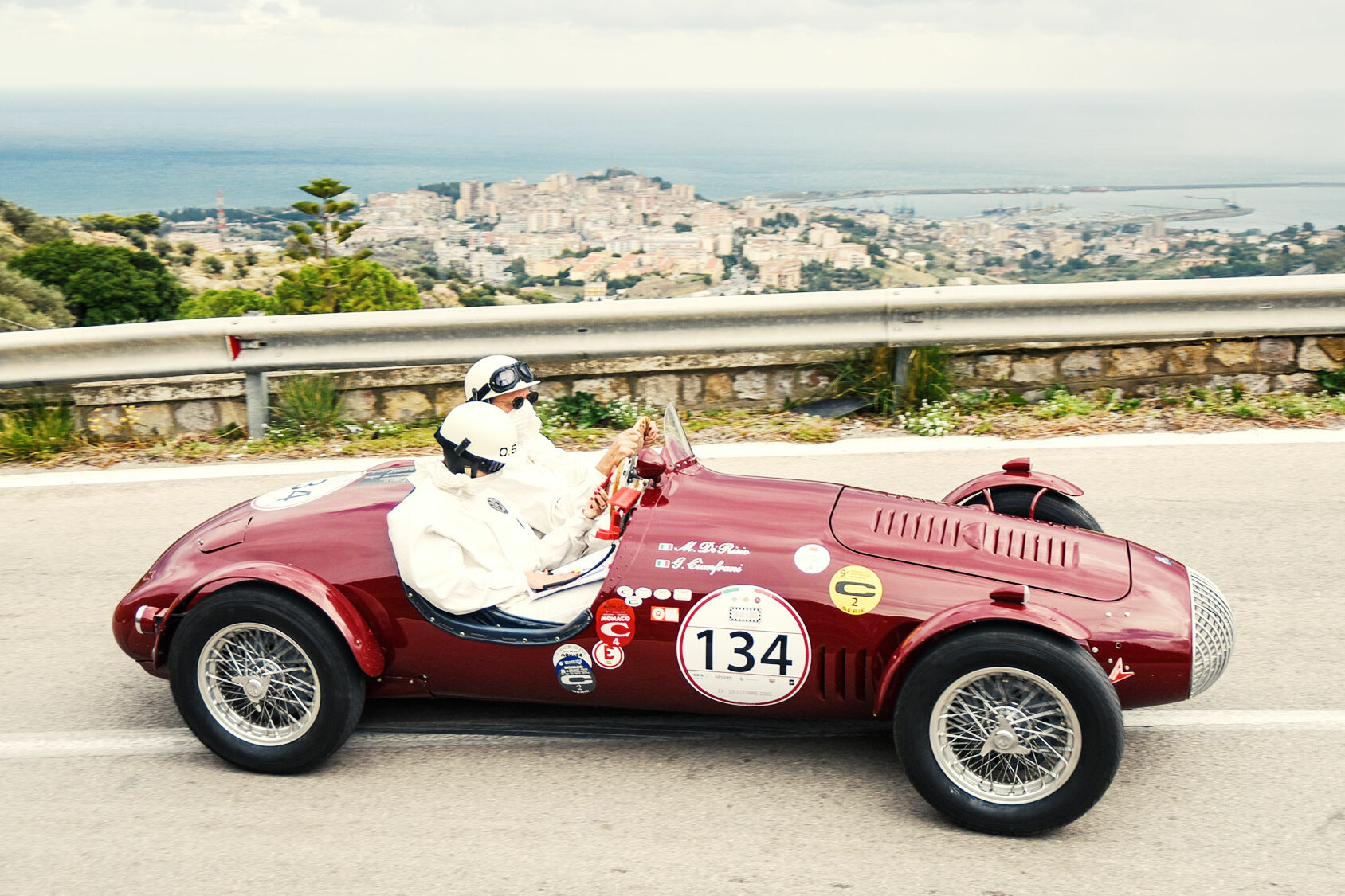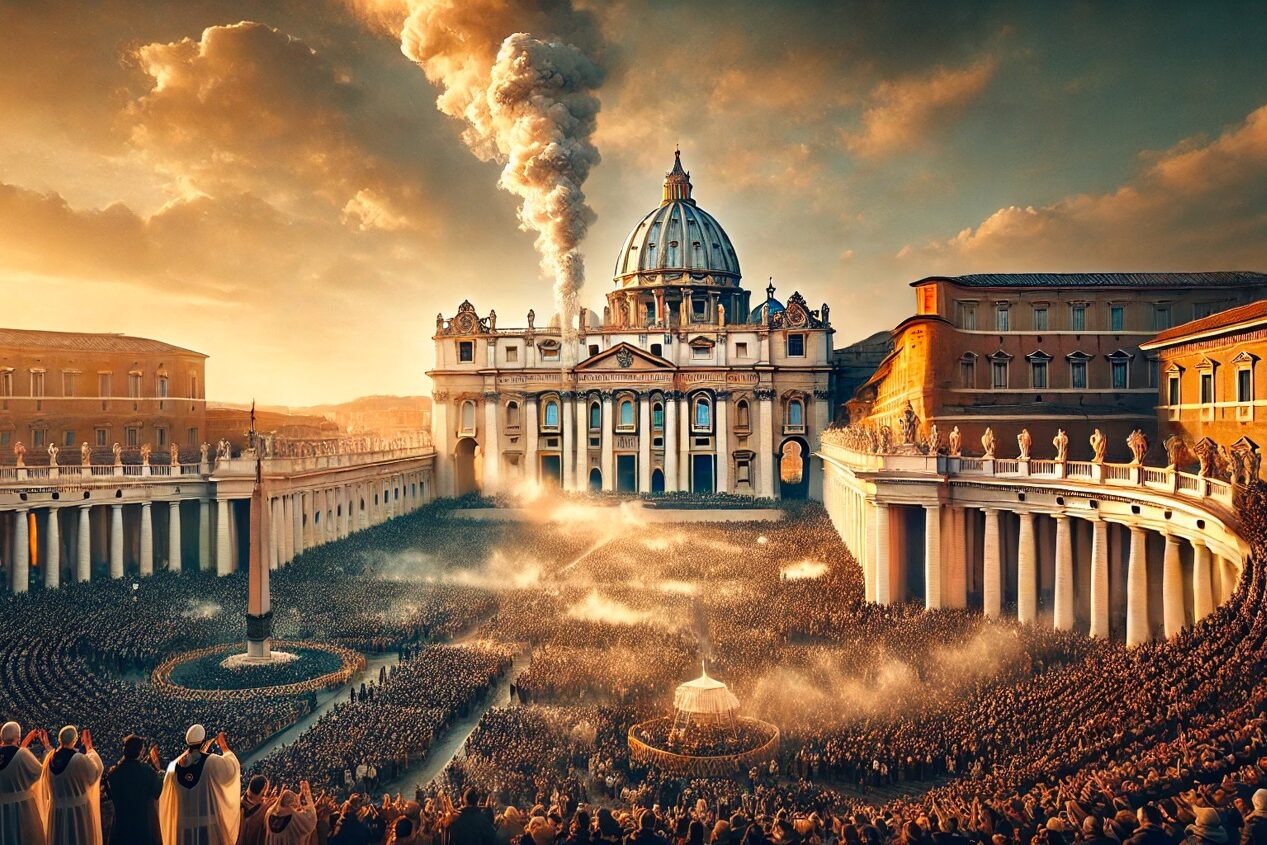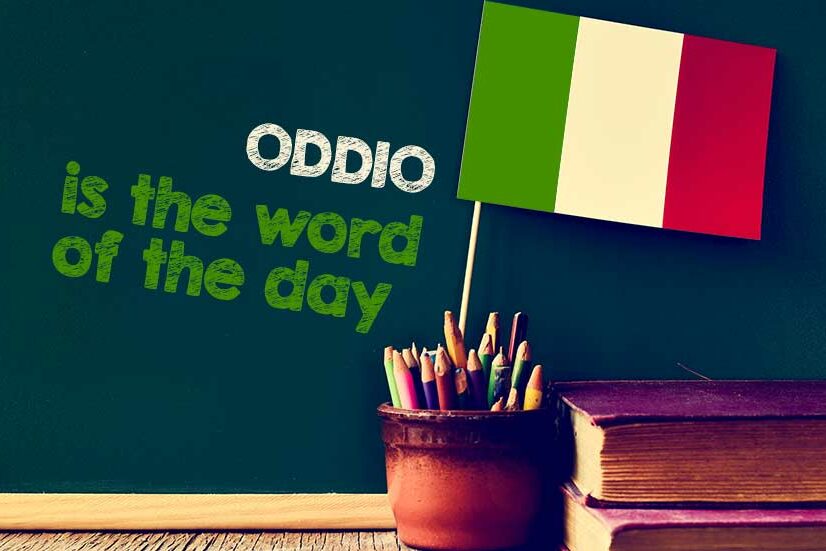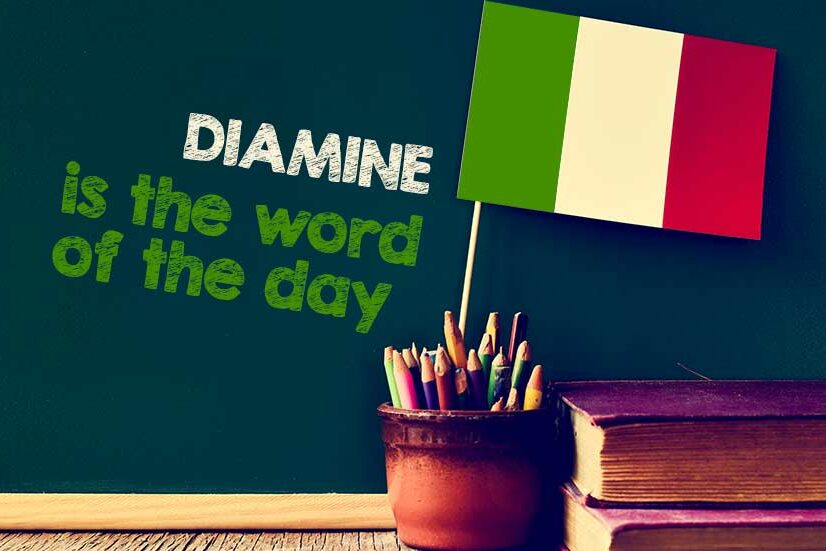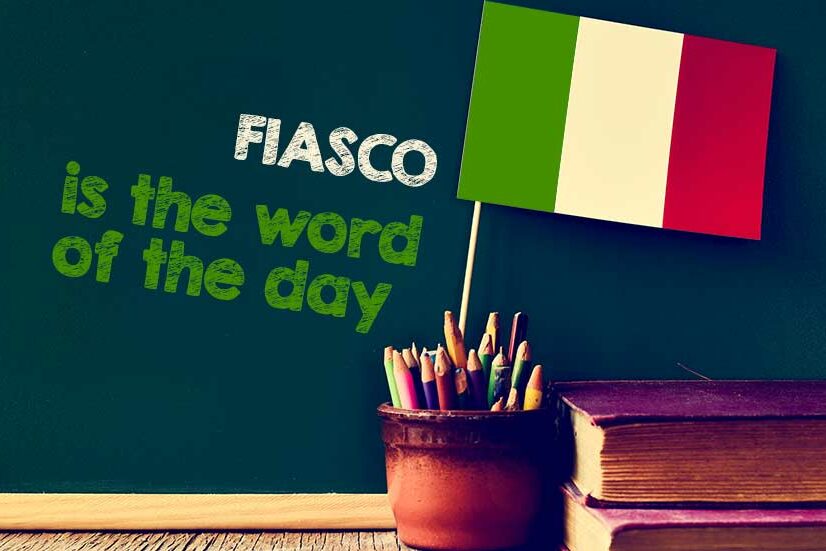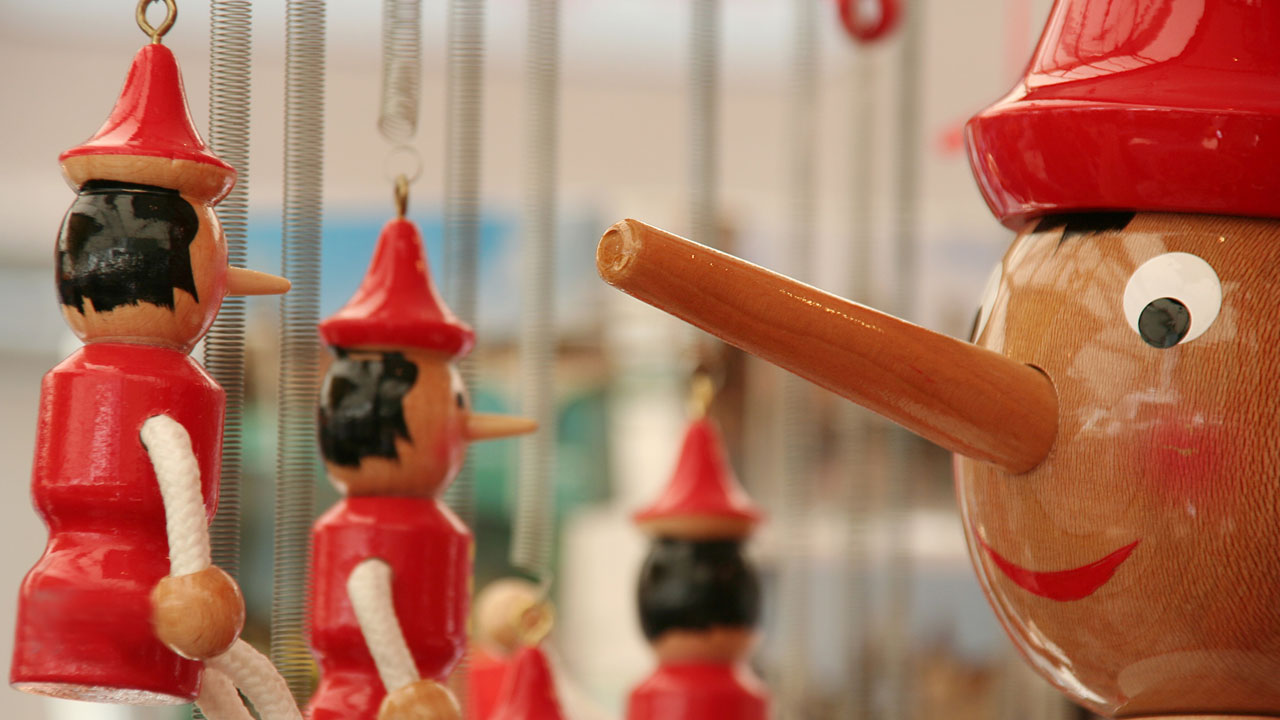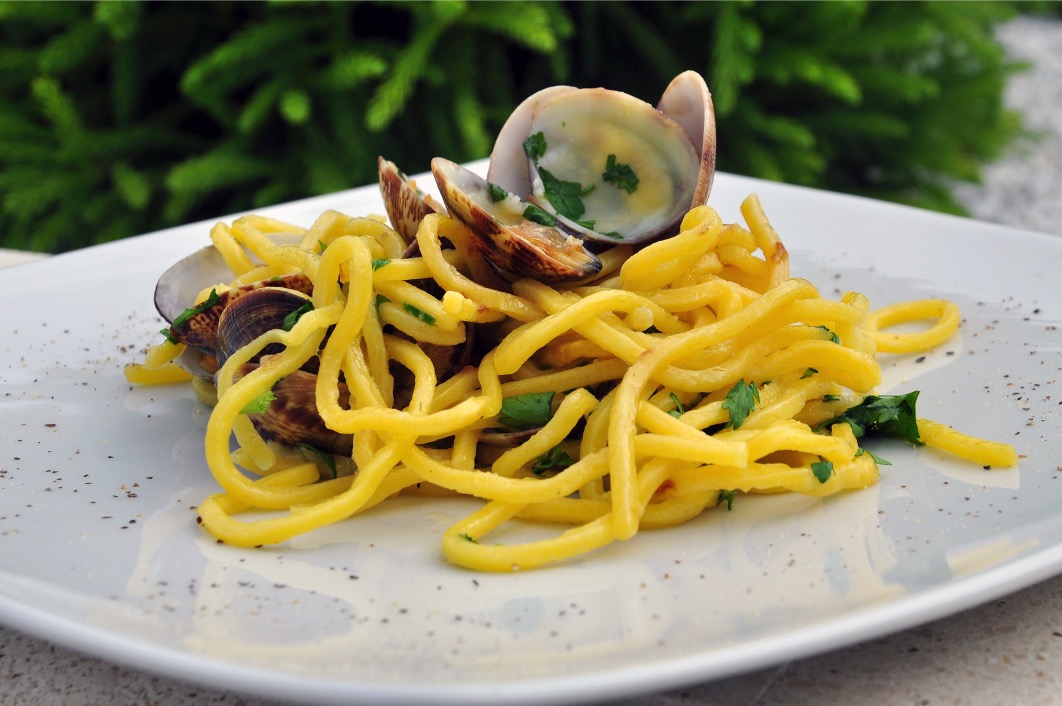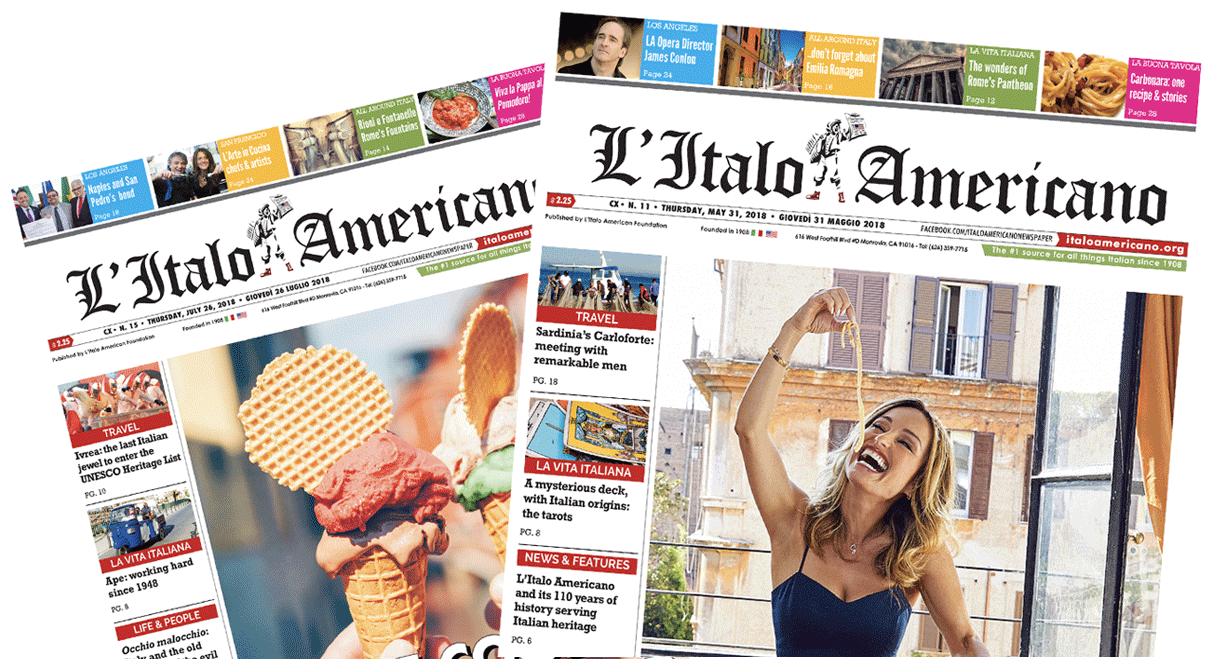Liscio music is a distinctly Italian style of dance music, with an important place in the social and cultural life of many regions of the country, particularly in the north; born in Emilia-Romagna in the 19th century, liscio is a tradition, a form of popular entertainment, and a reflection of how the rhythms of rural and urban Italian society changed after the Unification and the industrialization process, especially in the Pianura Padana area. Its name, which means “smooth” in Italian, refers to the fluidity and grace of the dance steps it has always traditionally accompanied.
The roots of liscio lie in the fusion of local folk traditions with imported European ballroom dances: in the aftermath of the Napoleonic era, dances such as the polka, mazurka, and waltz began to spread throughout continental Europe, including into the countryside of northern Italy; while these dances were originally associated with the aristocracy and upper-middle classes, they were soon embraced and reinterpreted by the working classes, too, especially in Emilia-Romagna. It was here that the rural population adopted and integrated these rhythms into their own musical and social customs, and created a uniquely Italian version of dance music.
By the second half of the 19th century, liscio was becoming the standard repertoire at village festivals, dance halls, and community gatherings throughout the Po Valley; it then spread beyond Emilia-Romagna into neighboring regions like Veneto, Lombardia, and even parts of Tuscany. A liscio ensemble typically included the accordion, clarinet, violin, and later, the saxophone and drums. The accordion in particular became the quintessential liscio instrument, both for its portability and its expressive range.
With time, bands grew in size and professionalism, and the music developed in complexity, incorporating elements of jazz, swing, and even early forms of Italian popular song.
Besides its musical meaning and history, it is important to understand that liscio served a vital social function: in a time when most Italians lived in rural communities and access to media was limited, local dances provided opportunities not only for entertainment but also for courtship, community bonding, and cultural expression. These events often coincided with religious festivals, agricultural milestones, and local holidays, which further grounded the music in communal life and, for young men and women, liscio dances were among the few socially acceptable venues for interaction: many marriages famously began with a waltz or a polka in a balera, the traditional Italian dance hall.

The 20th century brought new developments, both musical and cultural. During the Fascist period, the regime promoted a certain kind of nationalist folk culture, and liscio –with its regional roots and traditional character – fitted well within this framework. But, at the same time, the music began to evolve stylistically, particularly after the Second World War, thanks to the influence of American swing and big band music, which introduced new instrumentation and syncopation into the genre. The liscio of the post-war period was livelier, more modern, and increasingly professionalized: musicians began recording albums and performing on the radio, and the genre’s most popular orchestras gained national recognition.
Among the most influential figures in modern liscio history is Raoul Casadei, who inherited the Orchestra Casadei from his uncle Secondo Casadei, a violinist and composer widely regarded as the father of modern liscio. Secondo had composed hundreds of pieces in the genre, including the iconic Romagna Mia, which became a kind of unofficial anthem of the region. Raoul, who took over the orchestra in the 1970s, infused liscio with a fresh energy and a pop sensibility that expanded its appeal beyond traditional audiences; under his guide, the Orchestra Casadei reached national fame, bringing liscio into Italian living rooms through television appearances, summer tours, and mass-market records. The music now included electric guitars, keyboards, and modern arrangements, yet it retained the fundamental character that defined it: music for dancing and for the community.
In the late 20th century, liscio underwent a period of decline, as younger Italians increasingly gravitated toward international pop, rock, and disco. The image of liscio began to be seen by some as outdated or provincial, associated with older generations and rural life. Many balere closed, and the orchestras that once toured the country found it harder to attract younger audiences. However, the tradition did not disappear: in more recent times, there has been something of a revival of interest in liscio, both as a nostalgic cultural form and as a living tradition. Some young musicians and DJs have rediscovered the genre and incorporated its elements into contemporary performance. Regional festivals and folk events continue to celebrate the music, and television programs still feature popular liscio bands, especially in central and northern Italy.
Unlike many genres that are primarily for listening, liscio is meant to be danced to, which is, perhaps, what makes it still so special: it is participatory music, inseparable from the communal rituals of festivity, movement, and contact. It connects people, unites neighbors, and truly represents a fun – and distinctly Italian – sensibility for rhythm, joy, and sociability.
